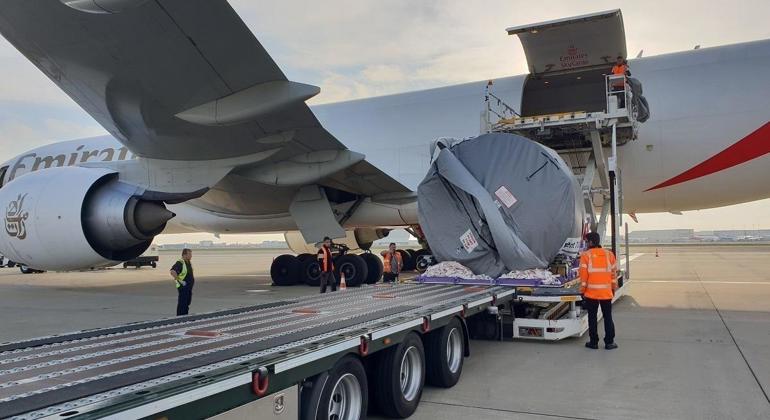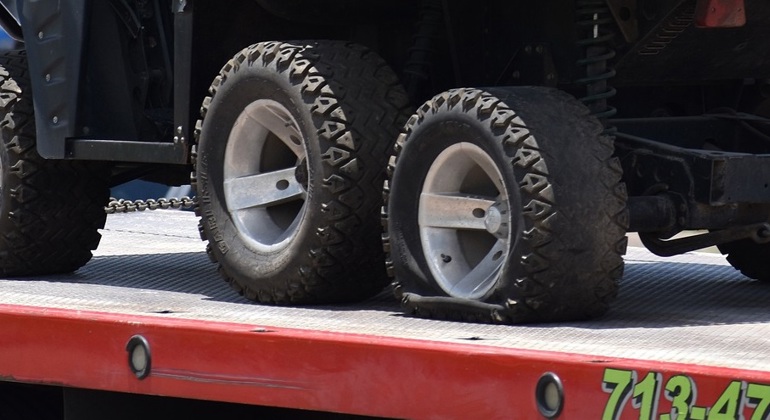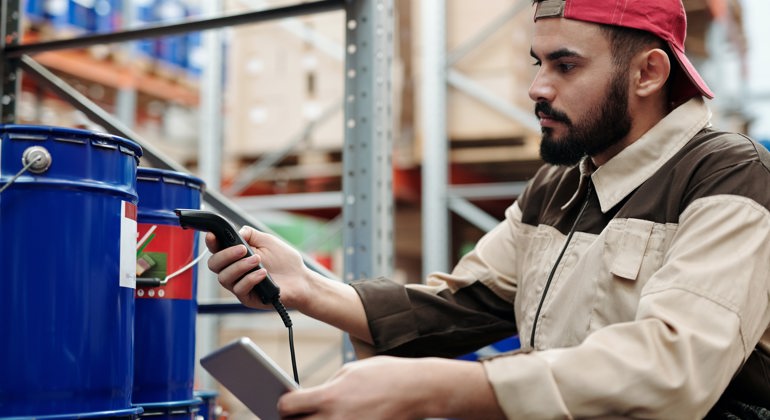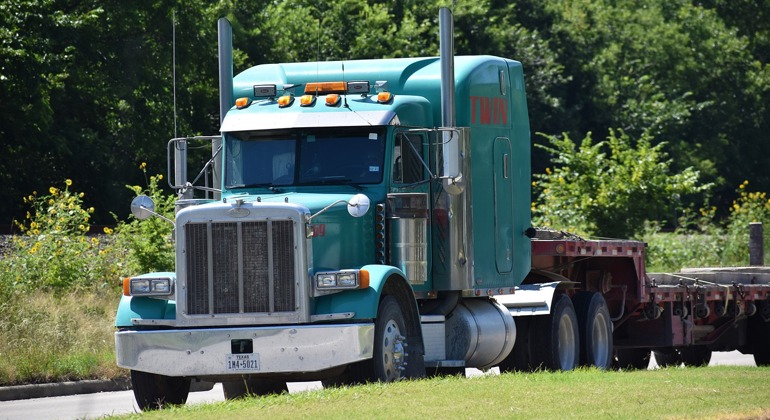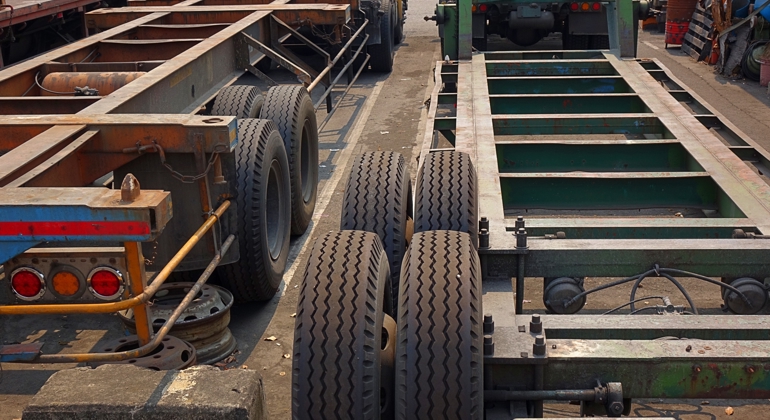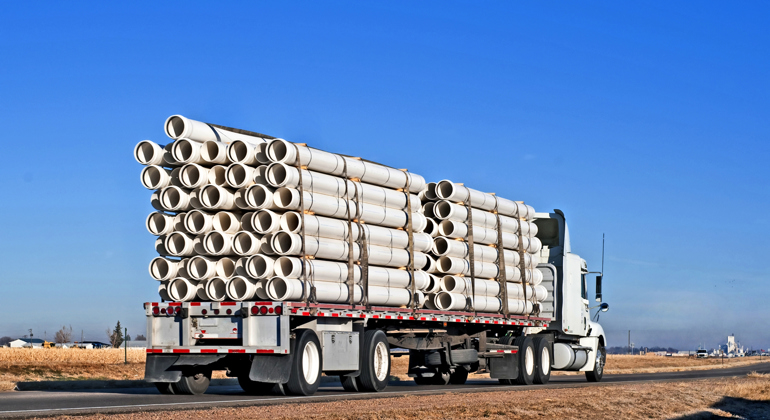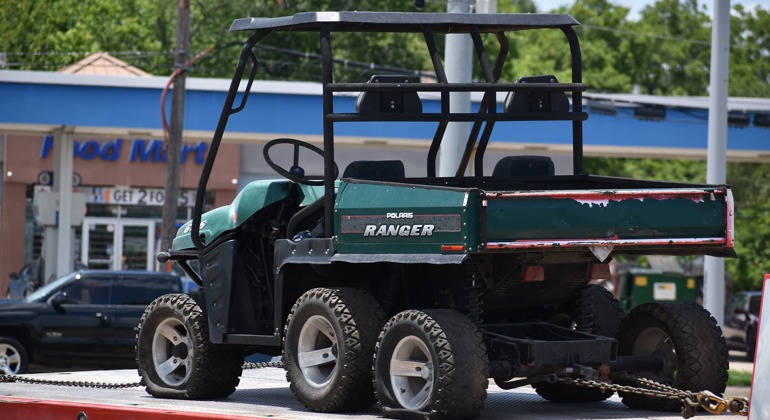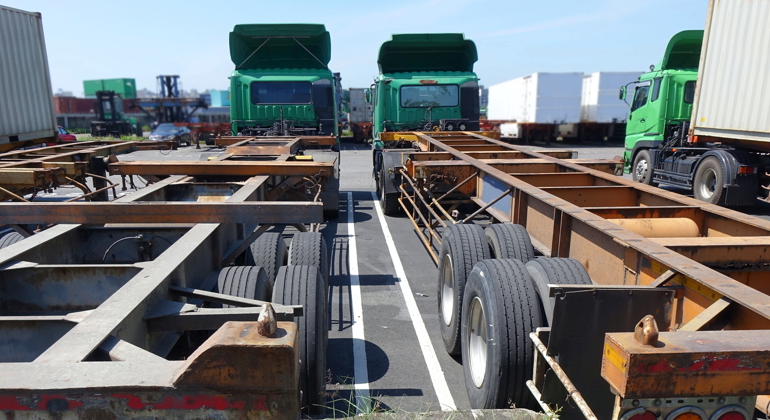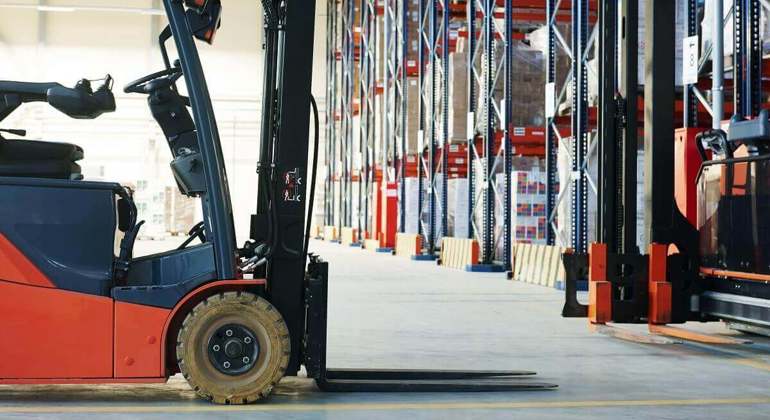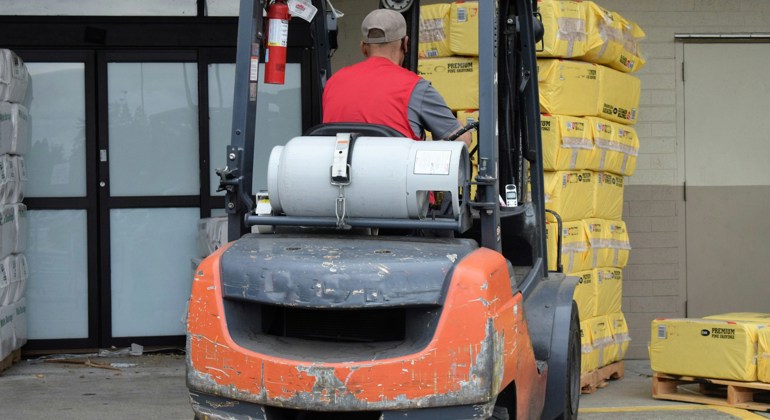Loading and unloading flatbed trailers (or any other type of trailer) can be dangerous, and you should always think carefully about how you load them. Heavy loads, moving vehicles, or overturning ones, and working at height can all cause injuries or even death.
Stats of incidents reported in line with the Reporting of Incidents, Diseases and Dangerous Occurrences (RIDDOR) regulations revealed that, in 2020/21, work-related accidents killed 123 workers. Fourteen of these were from something collapsing or overturning, and eighteen of them were from being struck by moving objects. Going even further back to the 2009/10 year, three deaths and 160 major injuries in freight by road were caused by falling objects.
Book a FREE Loading Assessment
Learn how to make the loading process safer and more efficient with a no-obligation assessment...
BOOK NOW
